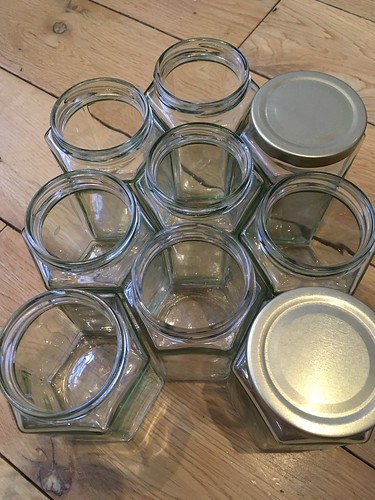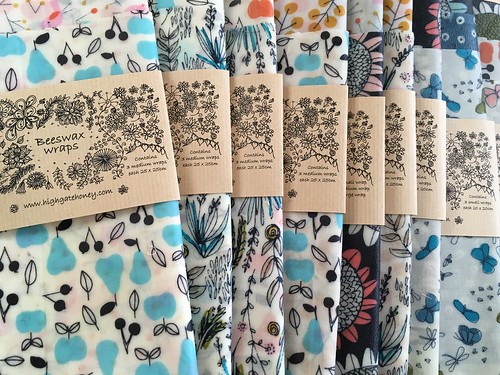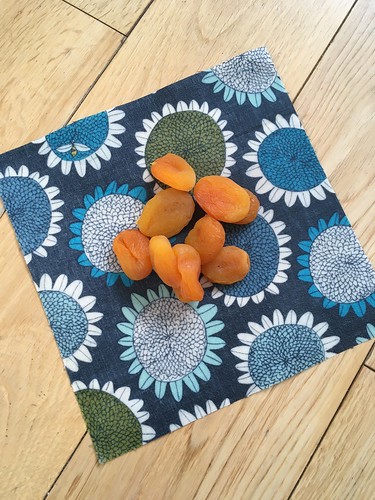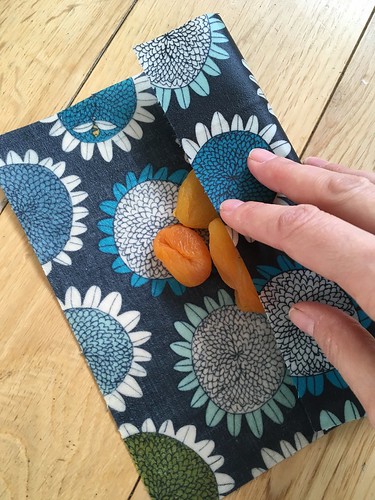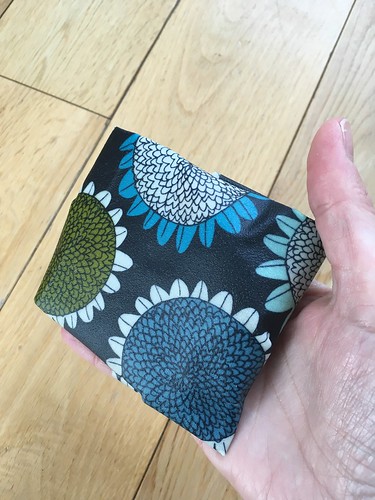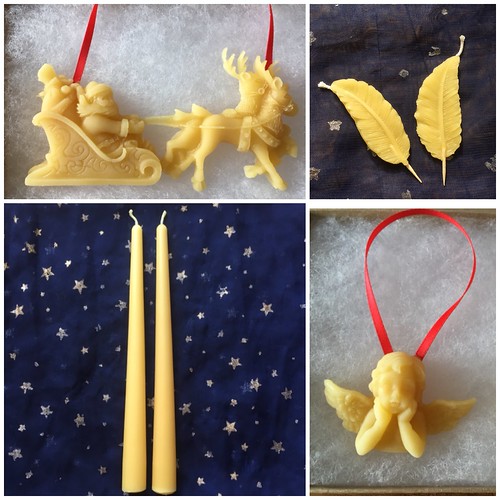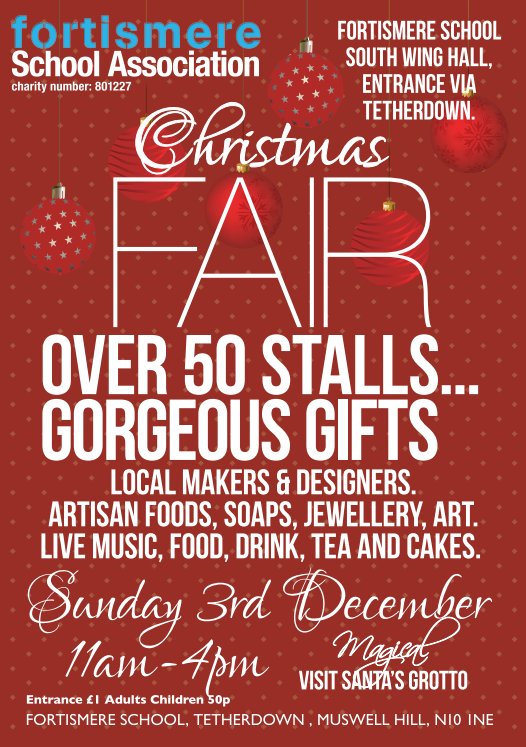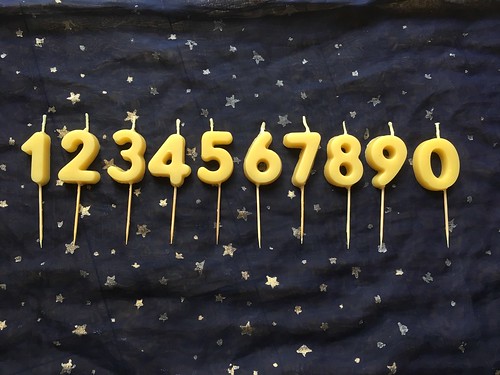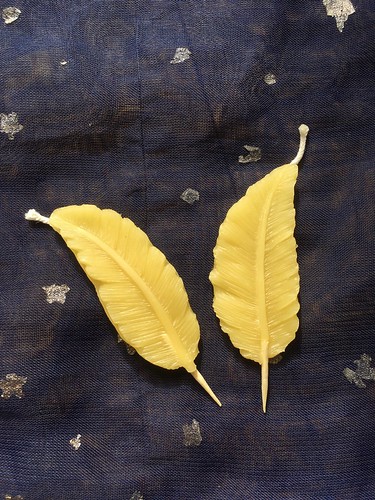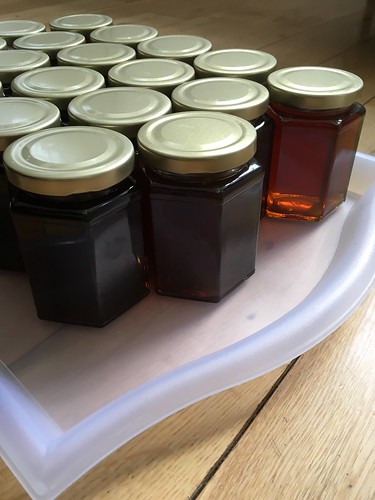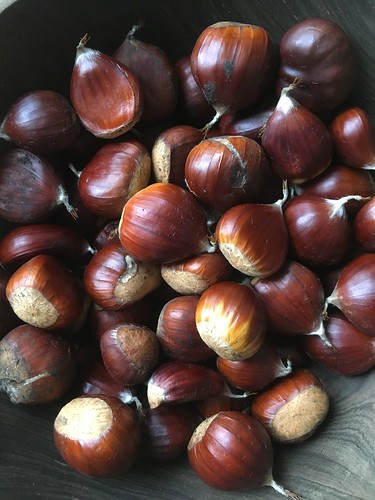
We’ve recently watched the first episode of the new series called Rotten on Netflix. The episode concentrates on honey and pollination in the US. It reveals the rather shocking measures that people will go to in order to cut honey with various syrups in order to maximize their profits. It explains how huge quantities of Chinese honey is dumped on to the american market, often via an intermediary country to disguise its origin. Much of this honey is mixed with rice or corn syrup to make it go further. Some contains antibiotics that can be dangerous to humans. The program shows the elaborate testing that some imported honey goes through and explains that the tests are of limited value – they can only detect what they are testing for, other contaminants will remain undetected. The producers are always one step ahead – honey can even be filtered with incredibly fine filters in order to remove any pollen grains which would give an indication of the origin.
The episode also touches on the migratory beekeepers in the US – in February each year most bee farmers seem to take their hives to pollinate the vast almond orchards of California. They get paid well for this service, but at huge cost to the health of the honeybees.
It was all rather depressing viewing, but fascinating to see how large commercial honey companies operate. It is so far removed from how we treat our bees and honey.
If you have ever wondered about large scale beekeeping, or why supermarkets are able to sell honey so cheaply (product of EU and non EU countries) then I urge you to watch this.

